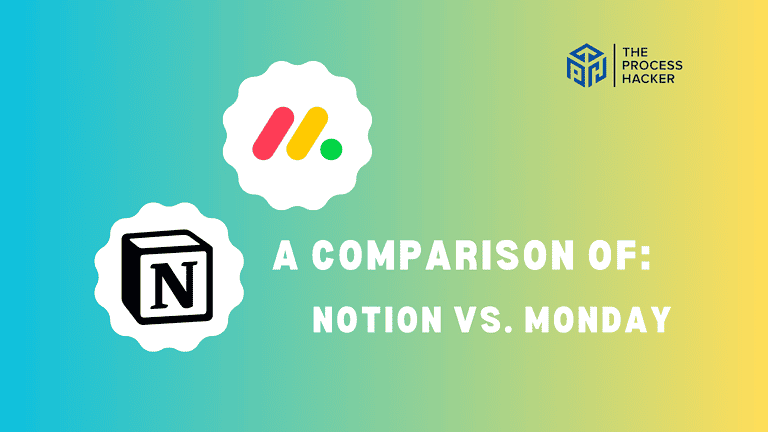Business Metrics: What Gets Measured, Gets Managed
Business metrics support you and your organization’s ability to have productive communication and decision-making. You should run your business and departments using a handful of metrics to indicate the present, identify potential problems, and predict the future. We should choose to use the data to guide our discussions and decisions over assumptions, opinions, and emotions.
Metrics or Key Performance Indicators (KPI)

A Metric or Key Performance Indicator (KPI) is defined as a “quantifiable measure used to evaluate the success of an individual, organization, employee, etc. in meeting objectives for performance.”
As Peter Drucker once said, “What gets measured gets managed.” Our intention is to choose the metrics or KPIs that provide an accurate snapshot of your projects or company. The business metrics will indicate the performance and health of your project or business system as a whole, processes within, or participating individuals. When business metrics are used successfully, they provide a target or desired outcome for performance to work to achieve.
Rules for Business Metrics:
- Indicate objective improvement toward achieving the desired outcome
- Measure the data necessary to help make better decisions
- Provide a basis to compare the changes in performance over time
- Track individual metrics such as hours worked, tasks completed, emails sent, project completion percentage, personal happiness, etc.
- Track company metrics like sales revenue, sales made, calls made, customer satisfaction, products delivered, on-time delivery percentage, project performance, work efficiency, customer issues, cash flow, etc.
Example: Suppose you wanted to optimize your human performance in terms of fitness, nutrition, etc. Examples for possible business metrics could include the number of steps taken, average time slept, body weight, caloric intake, macronutrient intake, resting heart rate, time spent working out, etc.
Showing Business Metrics on a Dashboard

A Metrics Dashboard provides a weekly picture for you or your business using a handful of high-level business metrics.
This handful of business metrics on your dashboard will provide a quick understanding for you or your business and give the ability to observe the present performance. Additionally, it will allow you to make future predictions, identify issues, and take actions in the right direction.
Every week, you or your leadership team should review the metrics dashboard as an action item. The metrics will show whether your goals, projects, or specific company activities are progressing toward their goals or are off track.
The numbers should be weekly proactive or leading business metrics and not higher-level reactive or lagging indicators. A lagging indicator shows the success or failure after the fact, and then it may be too late.
How to Create a Dashboard for the Business Metrics:
- Decide and list all of the business metrics that you need to track weekly to have a quick understanding of your desired outcome or business as a whole. You can be overwhelmed by information, so there should only a handful of metrics used.
- List the individual that is accountable for each metric, as this person is responsible for reporting the metric and provide context. If you are doing a personal project, then you can skip this step, as you are responsible.
- Decide upon the desired outcome for each metric goal for the week. These weekly goals should correlate to a higher-level project or vision.
- Decide the individual that is responsible for acquiring and synthesizing the business metrics into the dashboard for the leadership team review. If you are operating alone, then you are responsible for gathering the data.
- Use the dashboard to see if you are making progress toward achieving your goals. You should keep track of the past weeks to observe patterns and trends. Additionally, you should highlight business metrics that missing their targets to be easily noticeable.
Over time, the metrics dashboard will evolve to show metrics that better indicate what is going on in the business. Additionally, you will be able to observe patterns and trends to help you predict future performance. The data should allow you or your team to have productive discussions and make better decisions.
Business Metrics for Your Employees

Within an organization, everyone should have their own business metrics and SMART goals to guide them in their work. The roles and responsibilities should help formulate the business metrics for your people. These business metrics will enable managers to promote transparency and accountability within their respective departments.
Why Should Everyone Have Business Metrics?
There are several reasons why everyone in your company needs to have business metrics that guide them in their work:
- Sets Expectations: Your employees will clearly understand the standards required and be accountable to achieve their goals. From there, they can produce results, achieve success, and get promoted.
- Fosters a Team Atmosphere: Your employees will be excited to work together to achieve the business metrics set at the start of the quarter. There will be natural accountability within the team to get everyone to contribute.
- Remove Subjectivity: Your employees will communicate amongst each other and their manager in terms of the company’s or individual’s metrics. Their discussion will be objective and productive.
- Instills Excitement: Your employees will be excited to come to work and achieve the metrics set for them. The business metrics gamify the job so that it will be more fun for your employees.
- Create Health Competition: Your employees will feel a sense of healthy competition to perform within the organization. Teams can compete against each other in the company to achieve their business metrics set by the leadership.
- Solve Problems Faster: Your employees will solve problems much more quickly as the business metrics will lead to proactive and objective problem-solving. When a metric is missing the goal set, there may be an underlying issue that can receive the proper attention.
Next Steps
If you have any further questions or need additional help, feel free to comment below or send me an email. Also, if you want more Process Hacker content, you should subscribe to our weekly newsletter on Productivity, Habits, and Resources.







